Is Your Paneer Fake? The Alarming Rise of Adulterated Paneer in India
Over the past few weeks, we’ve been hearing a lot about fake paneer.
Some people are worried.
Some are confused.
And some just want to know how to spot the real from the risky.
And honestly? We get it.
Paneer is the go-to protein on most Indian vegetarian plates. You trust it. You love it. You feed it to your kids. But here’s the catch: paneer is also one of the most adulterated foods in India, according to FSSAI.
Let’s break this down: simply, clearly, and with no fluff.
Let’s Start with the Basics: What Is Fake Paneer?
Here’s the deal: real paneer is simple. Milk + acid (like lemon juice or vinegar) = paneer. That’s it.
Fake paneer? Being called an Analogue paneer is not so simple nor safe.
Some sellers may offer paneer made from synthetic milk, which can include a combination of additives like oils, starch, and preservatives like formalin to enhance texture and extend shelf life. It's important to be aware of these practices and choose products carefully for the best quality and safety.
Sounds wild, but unfortunately, it’s true. And it's not rare.
But Why Fake It?
One word: Demand.
Paneer is in high demand. It’s affordable, filling, and widely loved. But with rising milk costs and growing consumption, shortcuts are being taken by manufacturers who want to cut costs and speed up production.
And sometimes, we, yes, all of us, become part of the cycle. We want things fast, cheap, and easy. The result? Quality takes a back seat.
Is Fake Paneer Harmful?
Short answer: Yes.
-
Formalin is toxic when ingested regularly. It’s linked to organ damage.
-
Caustic soda and detergents mess with your gut, kidneys, and overall digestion.
-
Synthetic milk? Not something your body was designed to handle.
This isn’t just food fraud, it’s a serious health risk.
How to Identify Fake Paneer (With or Without Iodine)
You don’t always need lab gear to spot a fake. Here are some easy tests you can do at home. Think of them as your first filter:
1. Heat Test
-
Real Paneer: Softens and may release fat.
-
Fake Paneer: Turns rubbery or even chars.
2. Texture Test
-
Real Paneer: Soft, slightly crumbly when pressed.
-
Fake Paneer: Bouncy, stretchy, or overly smooth.
3. Rub in Warm Water
-
Fake Paneer: May smell like detergent, foam slightly, or turn the water milky.
4. Taste and Smell
-
Fake Paneer: Might taste bitter, or smell odd, even before cooking.,
5. Iodine Starch Test (Optional)
-
A drop of iodine on the paneer.
-
If it turns blue, starch is present.
-
But remember: not all fake paneer contains starch, so this is just one test.
⚠️ Important: These are screening tools, not definitive tests.
If something feels off, don’t eat it. It’s not worth the risk.
When in doubt, throw it out.

So, what can you do?
Let’s not panic. Let’s get smarter.
-
Buy from trusted sources:
Stick to reputed brands or local vendors you trust. Always look for FSSAI certification on the label.
-
Make paneer at home:
Making paneer at home is a simple and rewarding way to ensure it’s fresh and free from any additives. Plus, you get to control the ingredients!
-
Read labels carefully:
When buying pre-packaged paneer, always read the labels to check for quality and certification. Choose products that clearly list their ingredients and are free from harmful preservatives.
-
Rotate your protein sources:
Don’t depend on just paneer. Add lentils, chickpeas, tofu, soy, nuts, and seeds to your meals. A varied protein plate is not just healthier, it also lowers pressure on one food source and reduces the demand-supply shortcuts.
-
Call it out, literally:
Suspect you’ve bought fake or adulterated paneer? Don’t stay silent.
FSSAI has made it easier than ever to report unsafe food. You can:
- File a complaint via the FSSAI Food Safety Connect App
Even a single complaint can trigger an inspection or help others avoid the same risk.
-
Talk about it:
Share this info. Post your experiences. Empower your friends, family, and community to make informed choices.
Because the truth is, change starts with awareness. And when consumers speak up, regulators and sellers listen.
Final Thoughts: Your Plate, Your Power
If you’re already thinking, “Hmm, maybe I’ve seen or tasted paneer like that…” , listen to that instinct. That’s your first red flag.
Because at the end of the day, food should nourish, not leave you wondering what’s really inside.
Still have doubts? Seen something fishy in your market? Drop your questions. We’re always here to break it down.
FAQs
1. Does fake paneer have protein?
Not really. It's often made from starch and chemicals, lacking the complete protein found in real paneer.
2. Is fake paneer healthy?
No. It may contain harmful additives like detergents or formalin, which can damage organs over time.
3. Is the iodine paneer test real?
Yes. If iodine turns blue on paneer, starch is present, a sign of adulteration. But it's just a first step, not a full-proof test.
4. What’s a healthy substitute for paneer?
Try tofu, hung curd, or soaked nuts. They’re rich in protein and safer if you’re unsure about paneer quality.
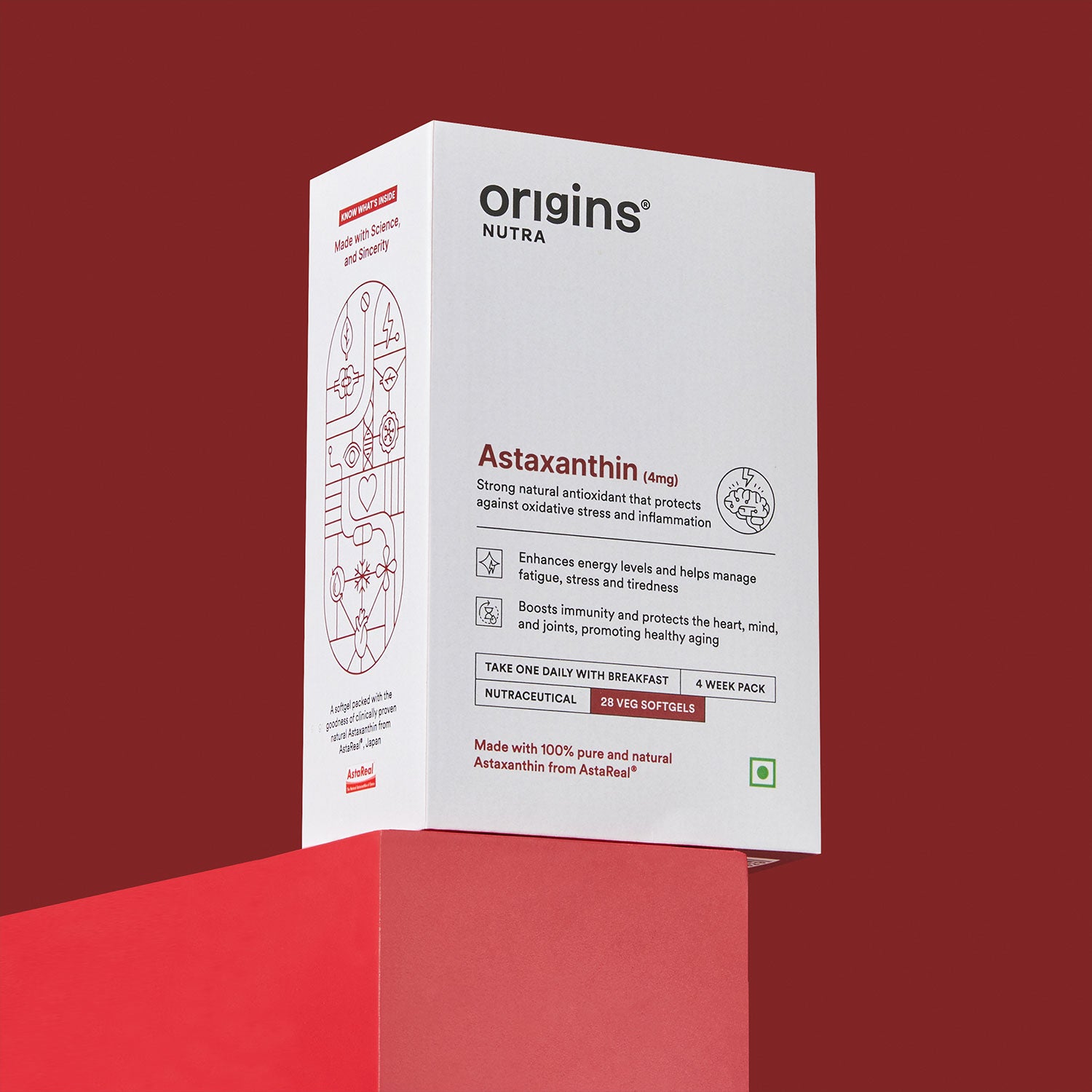
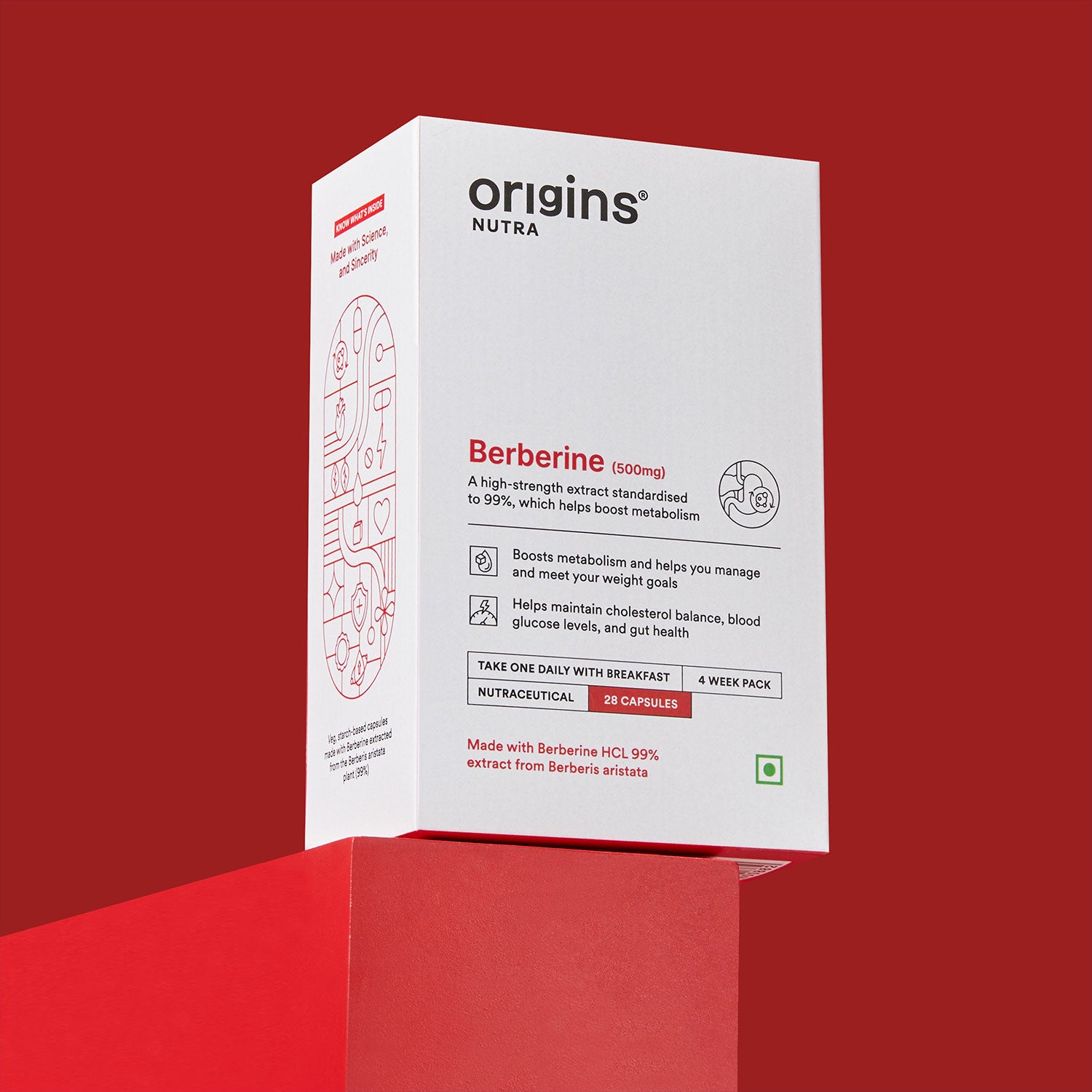
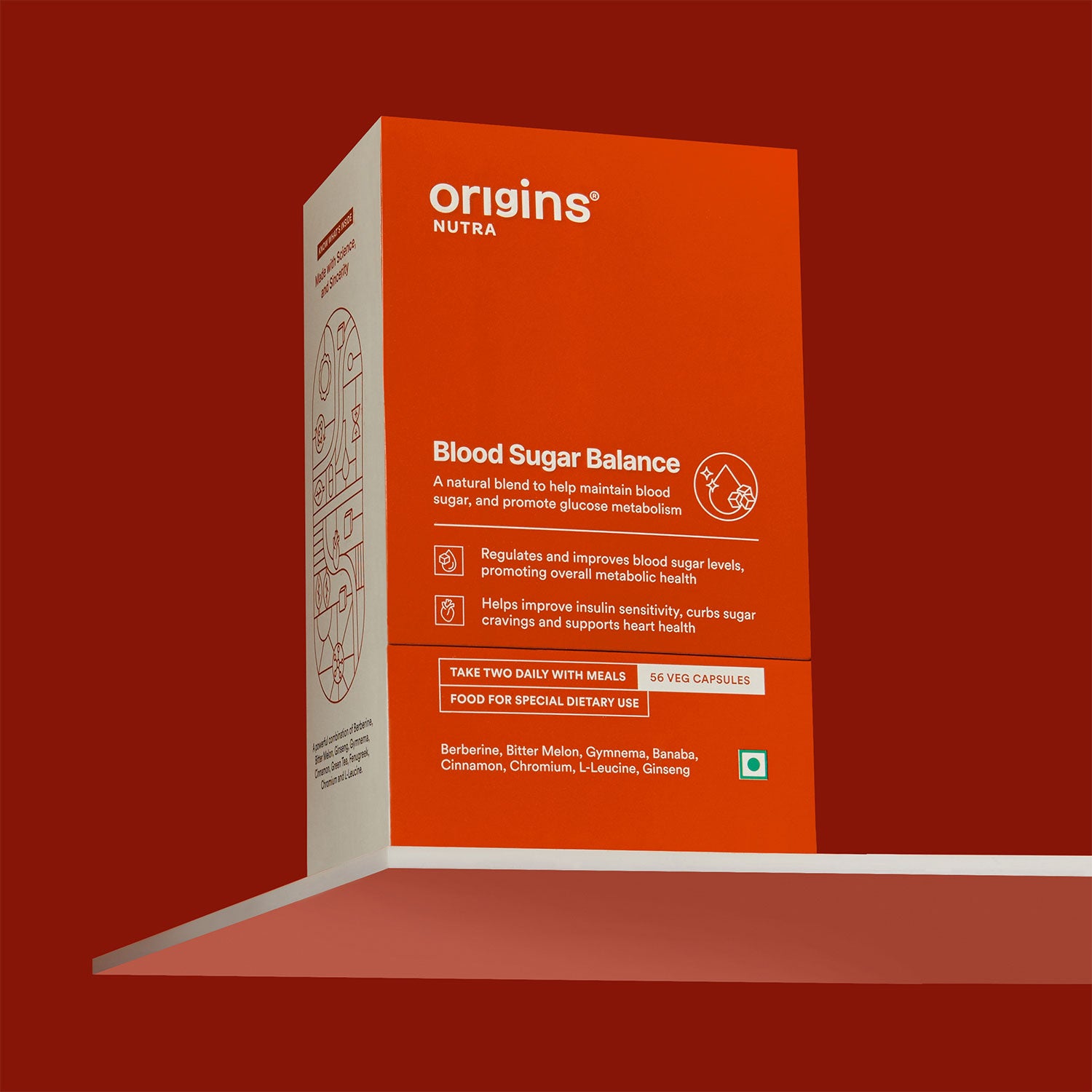
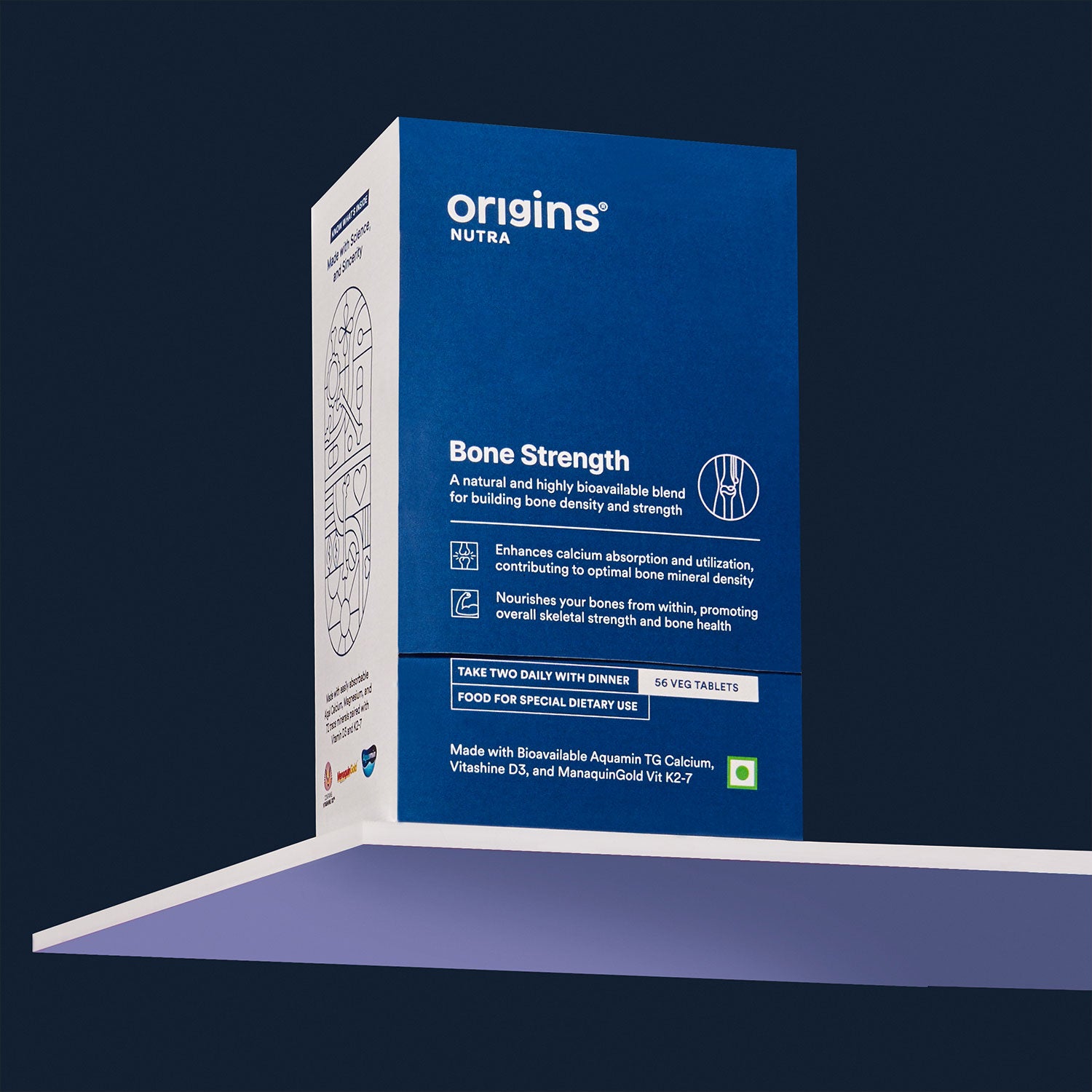


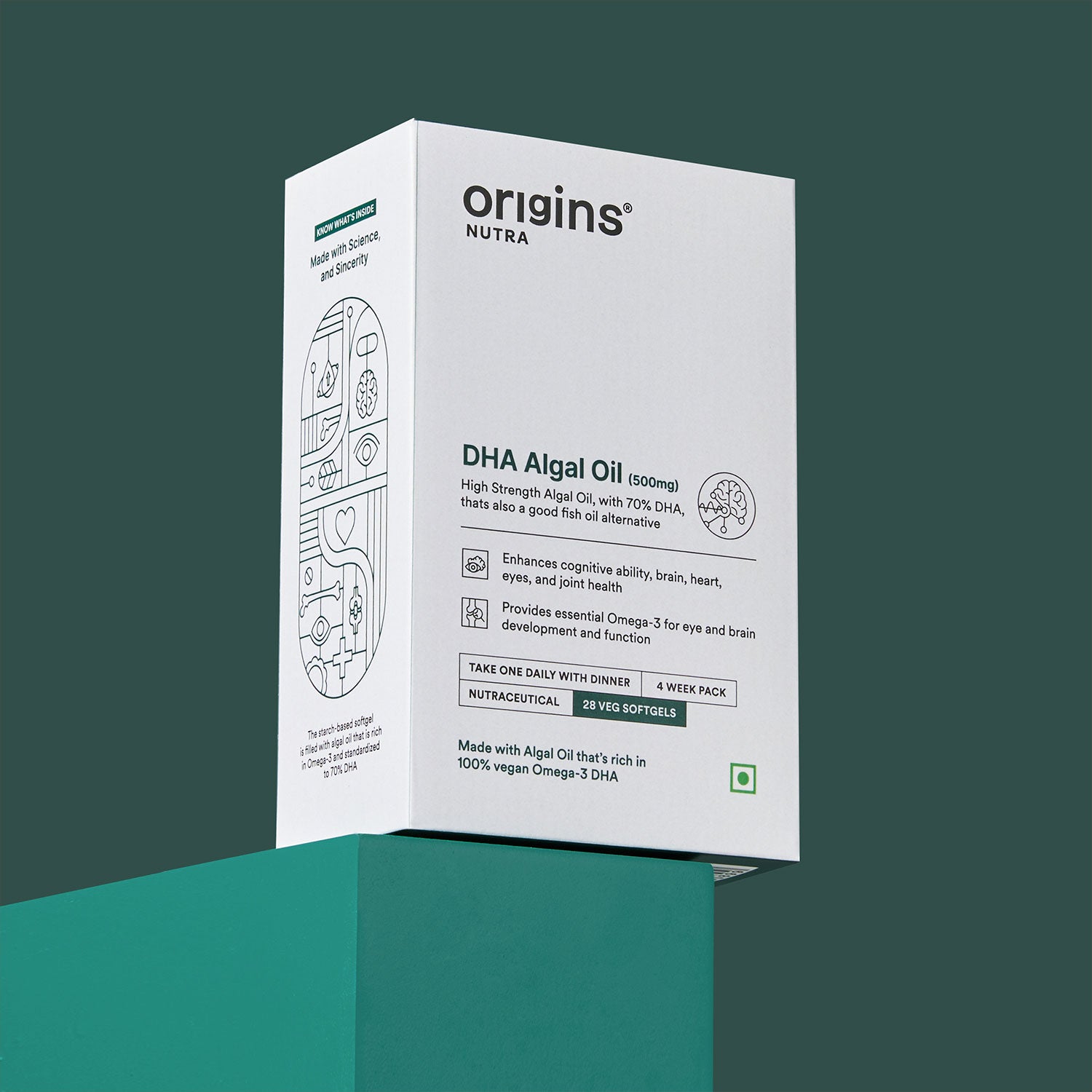
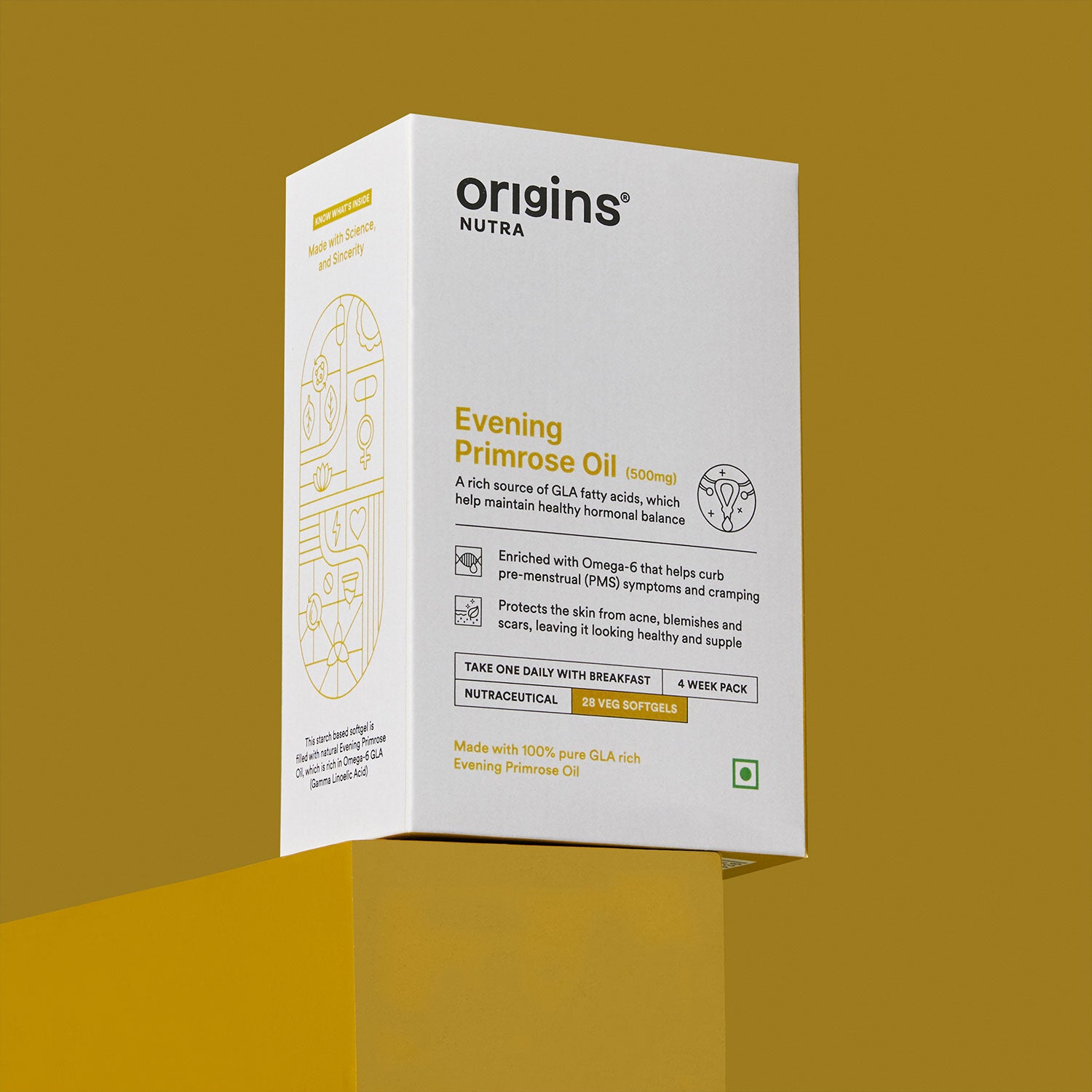
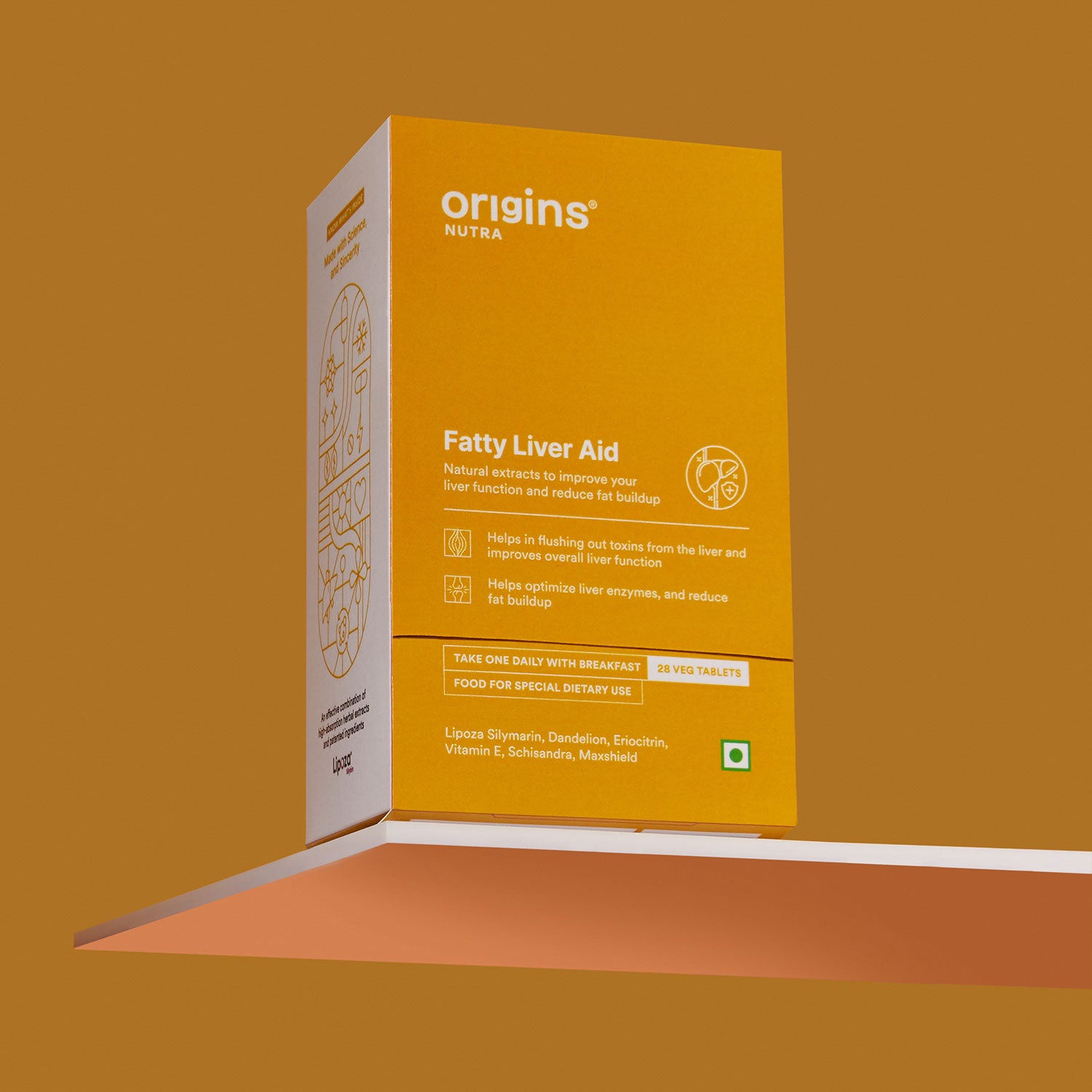
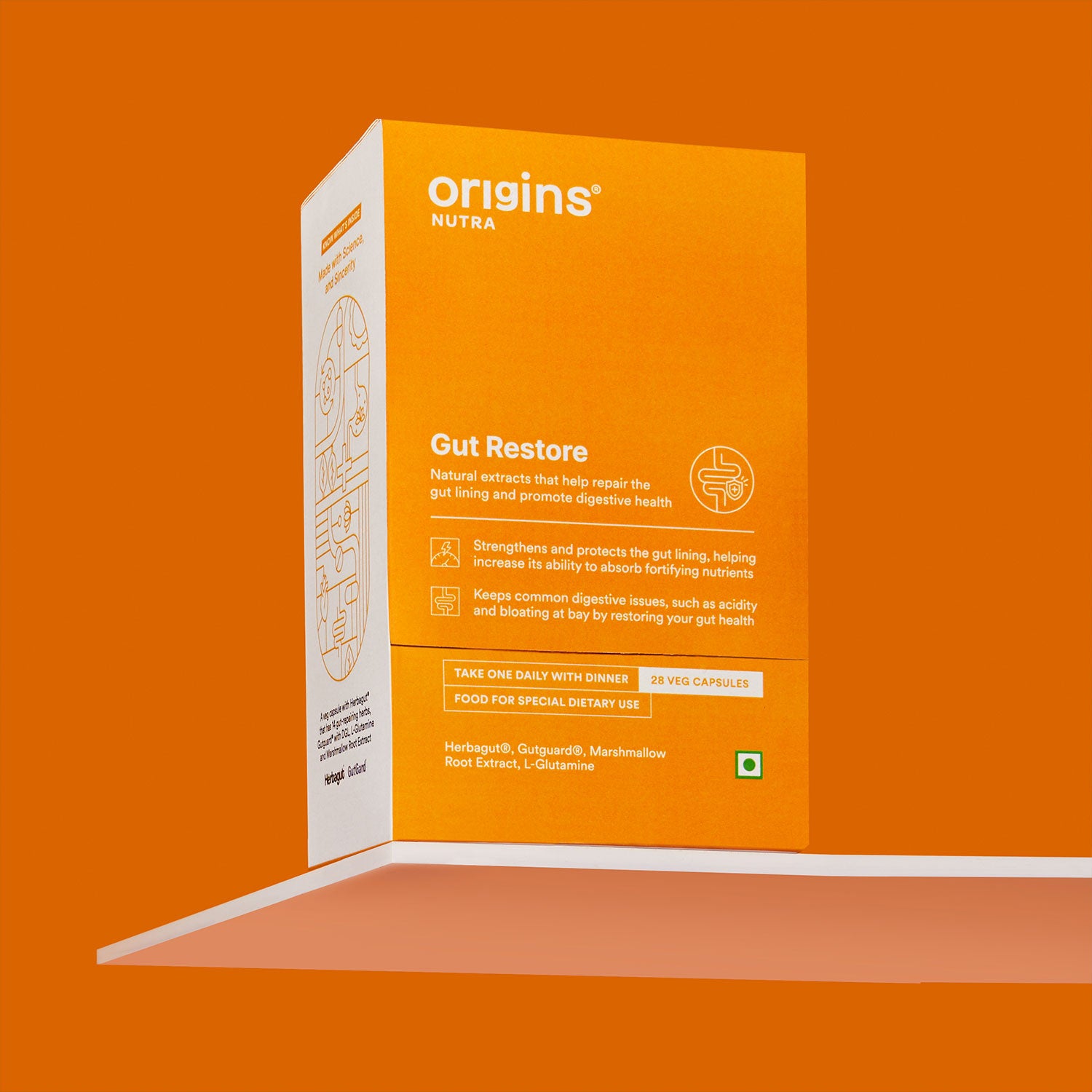

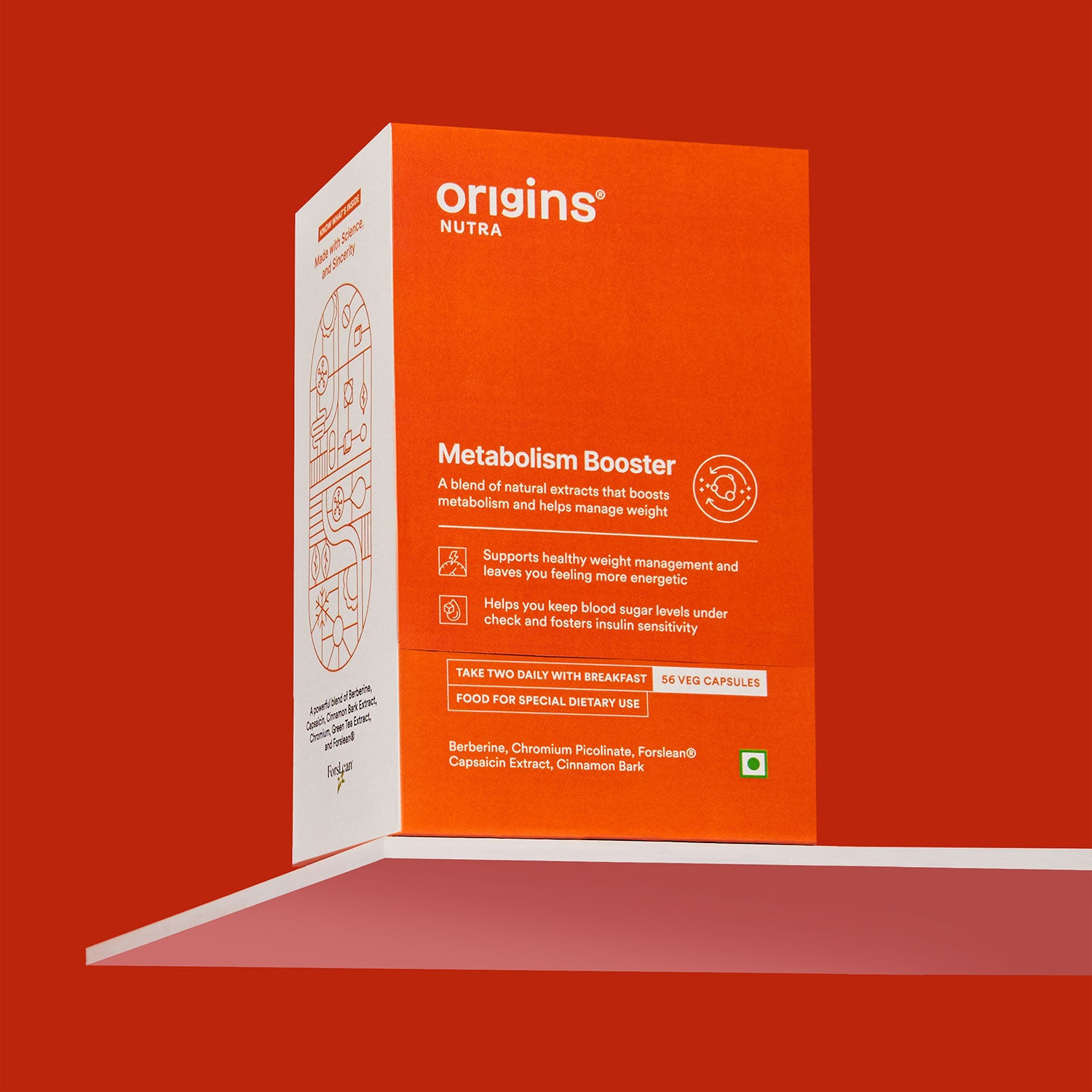
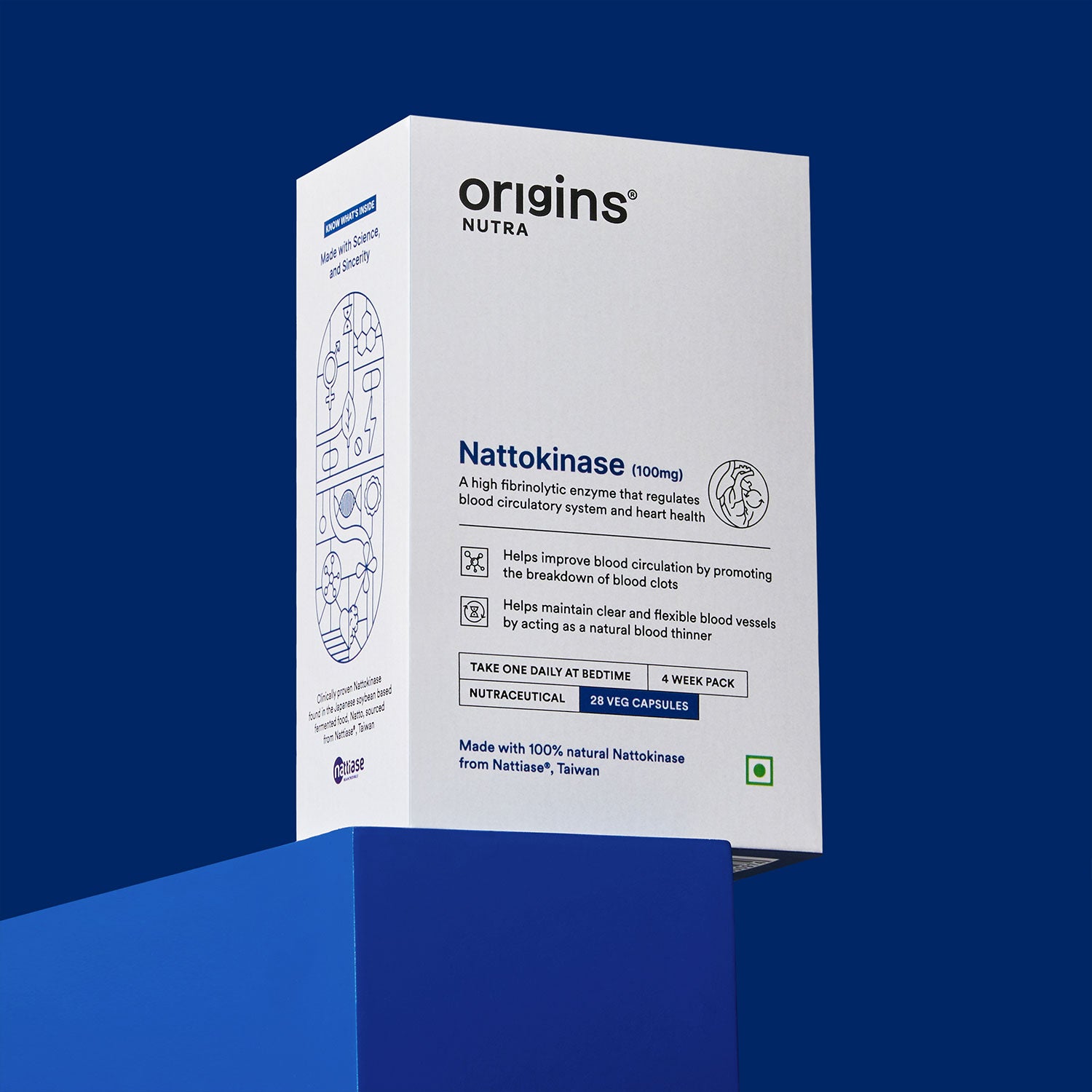
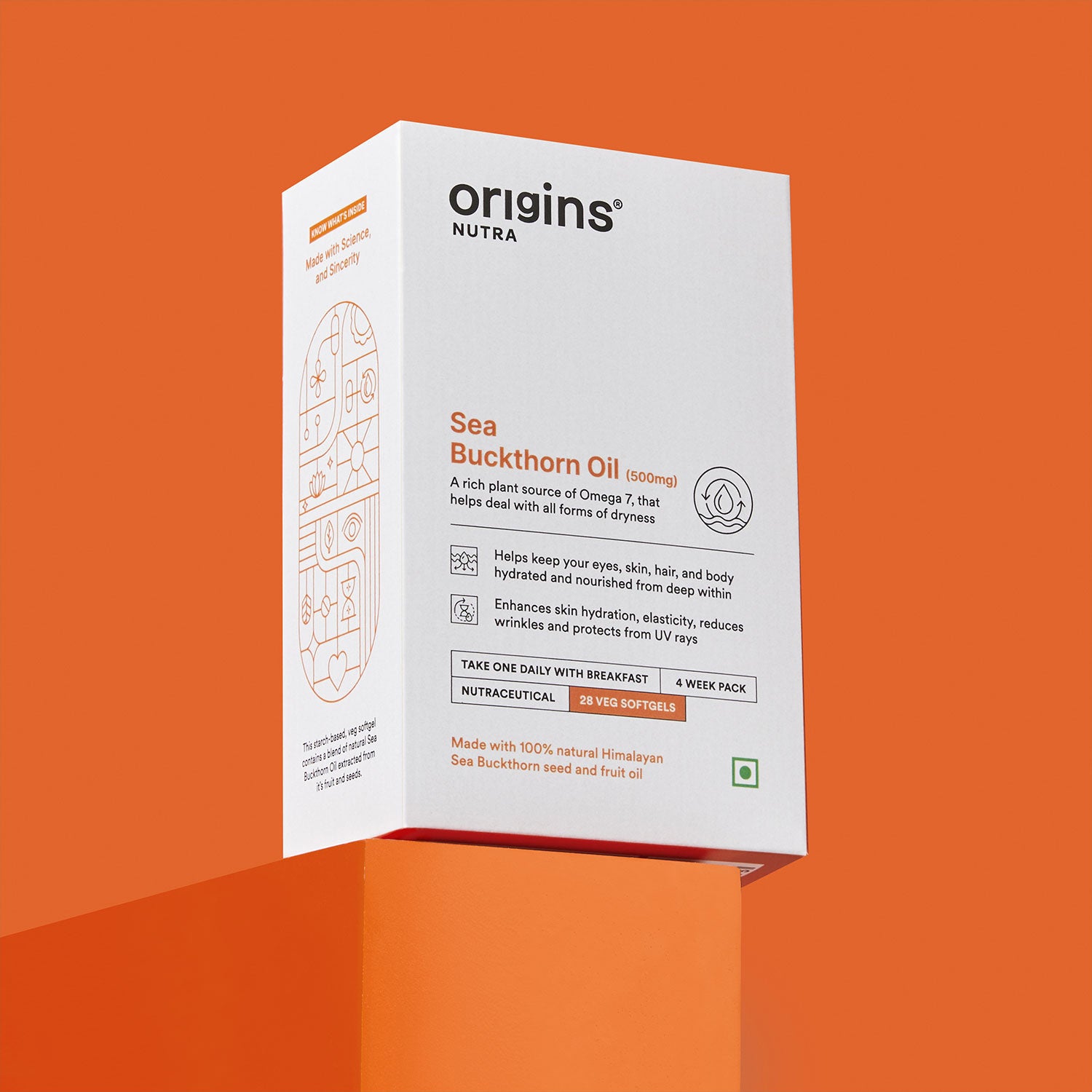
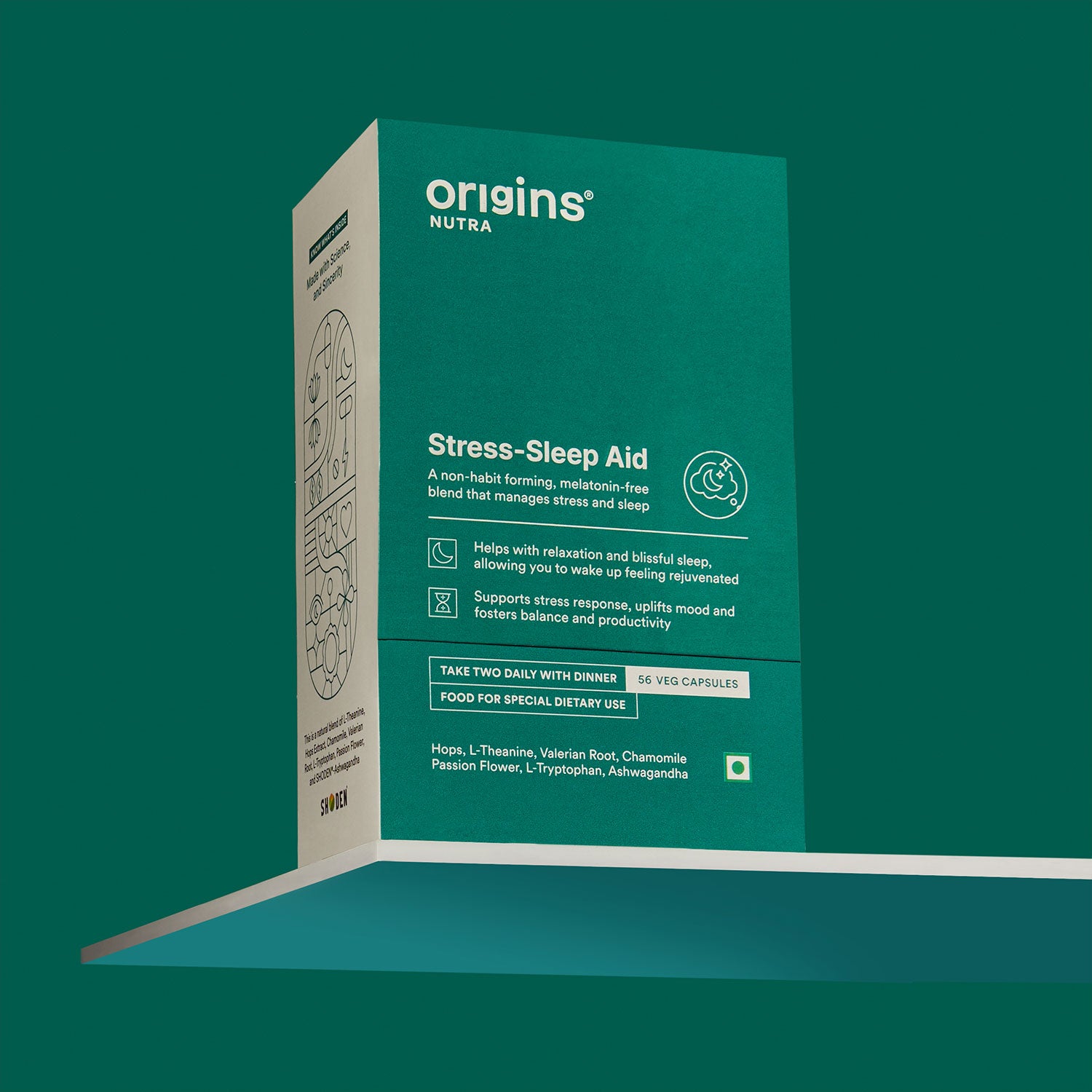
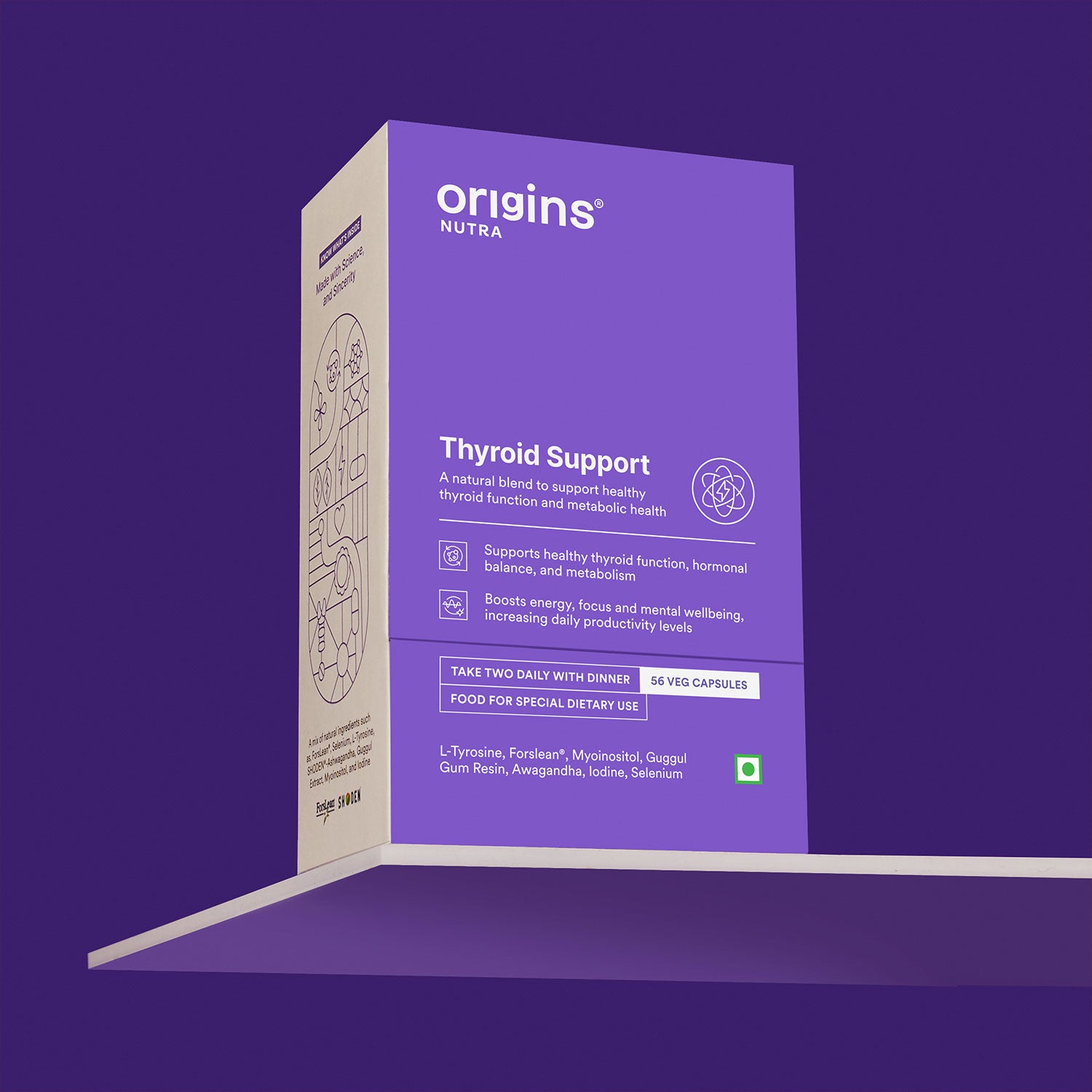

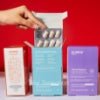


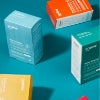

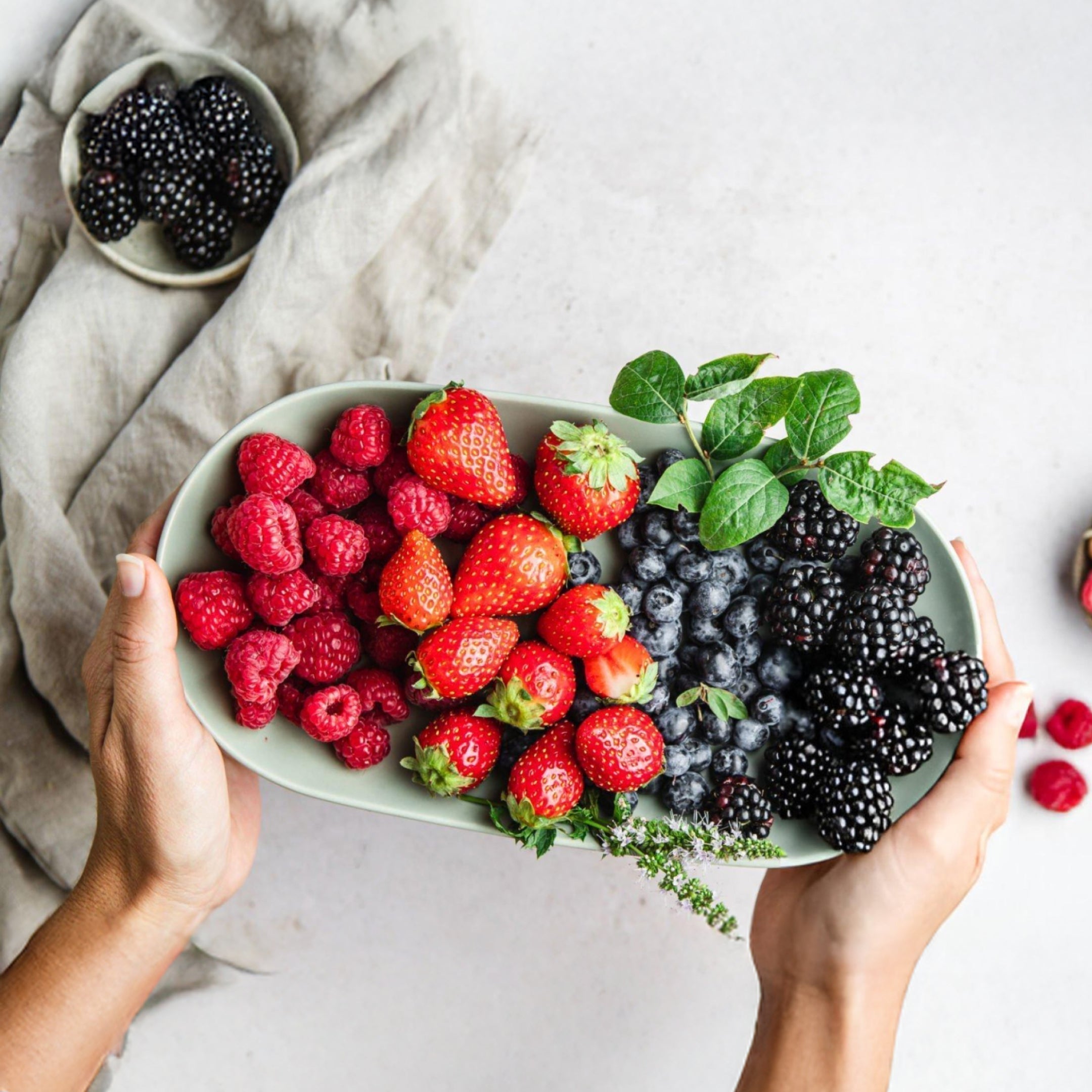
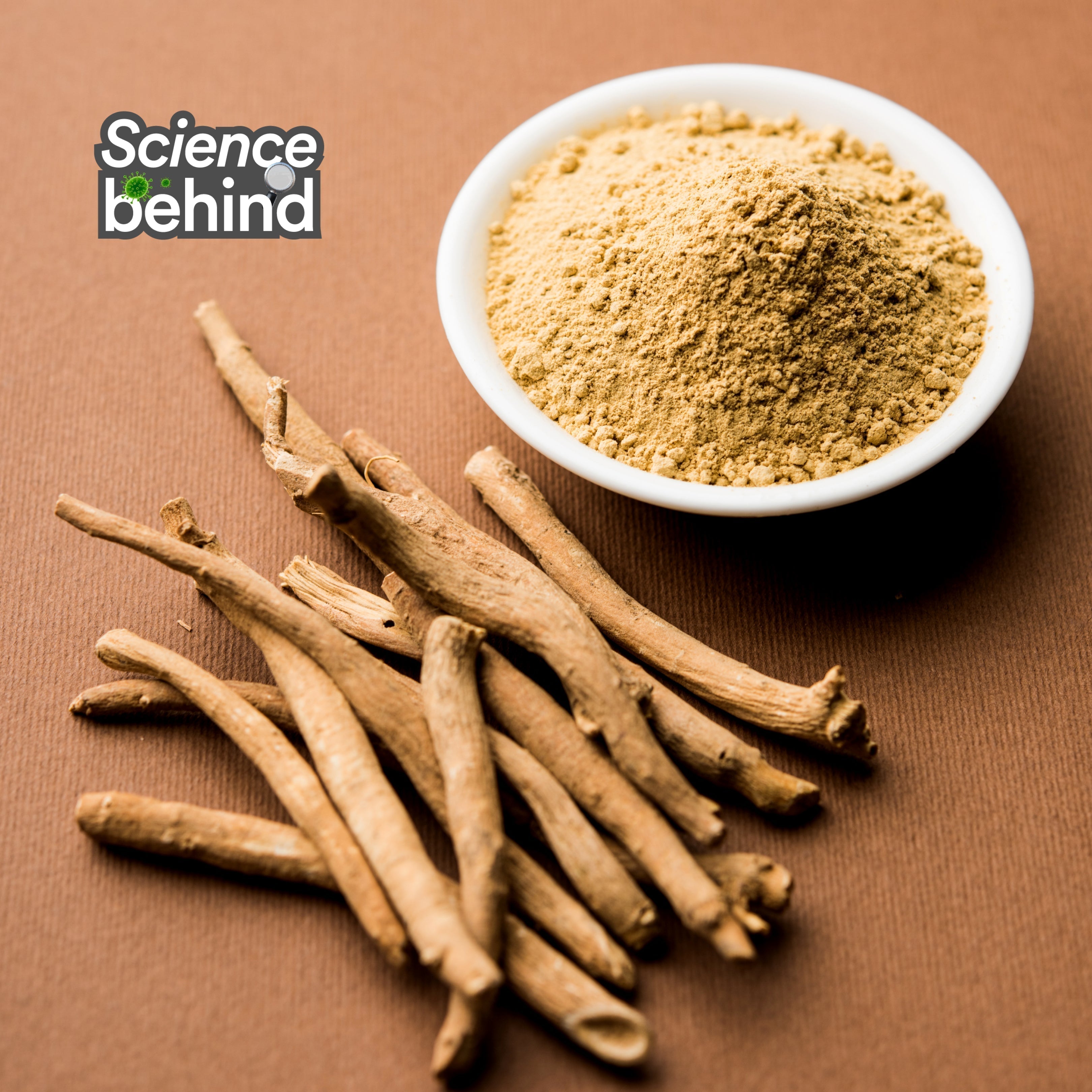
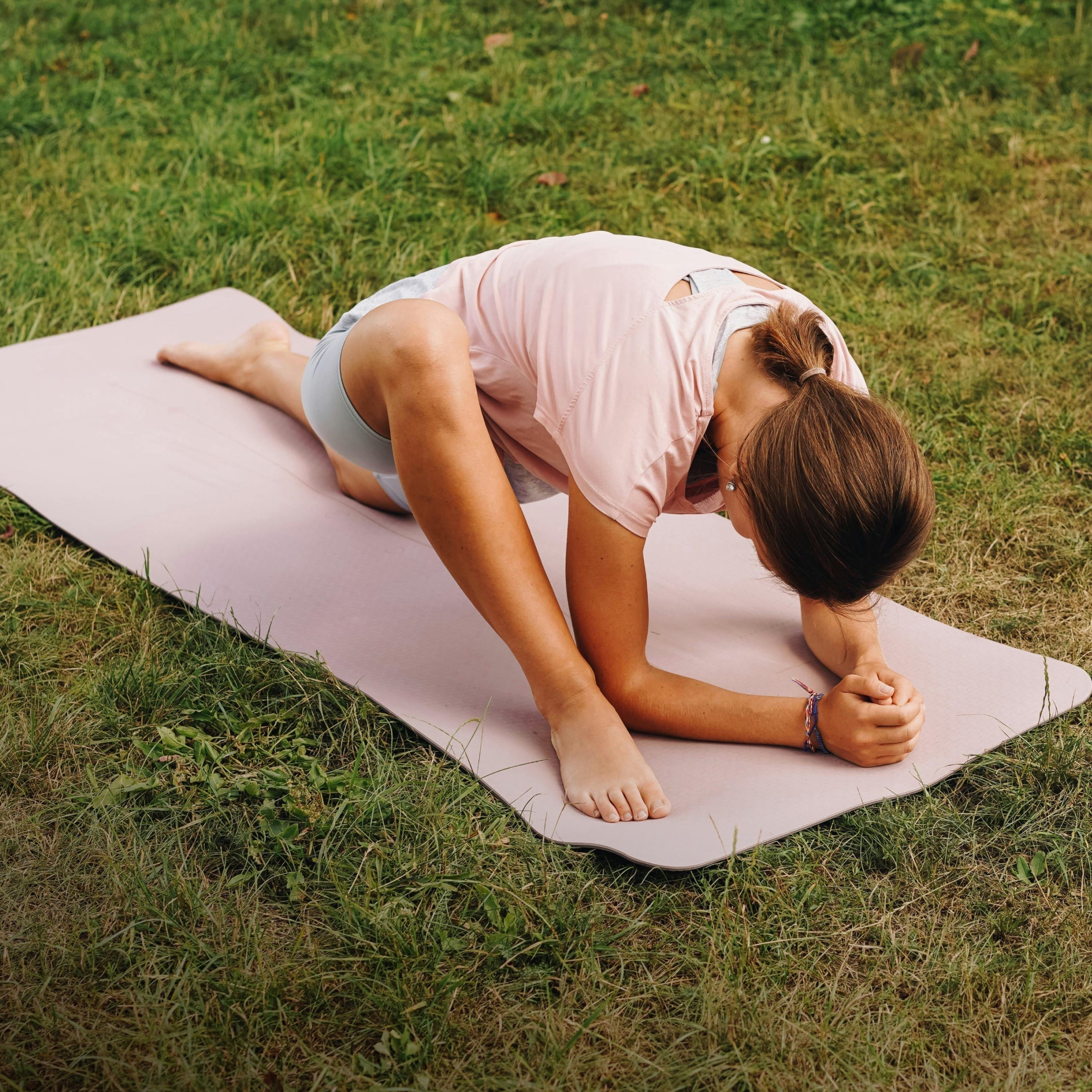

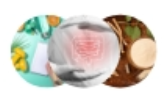

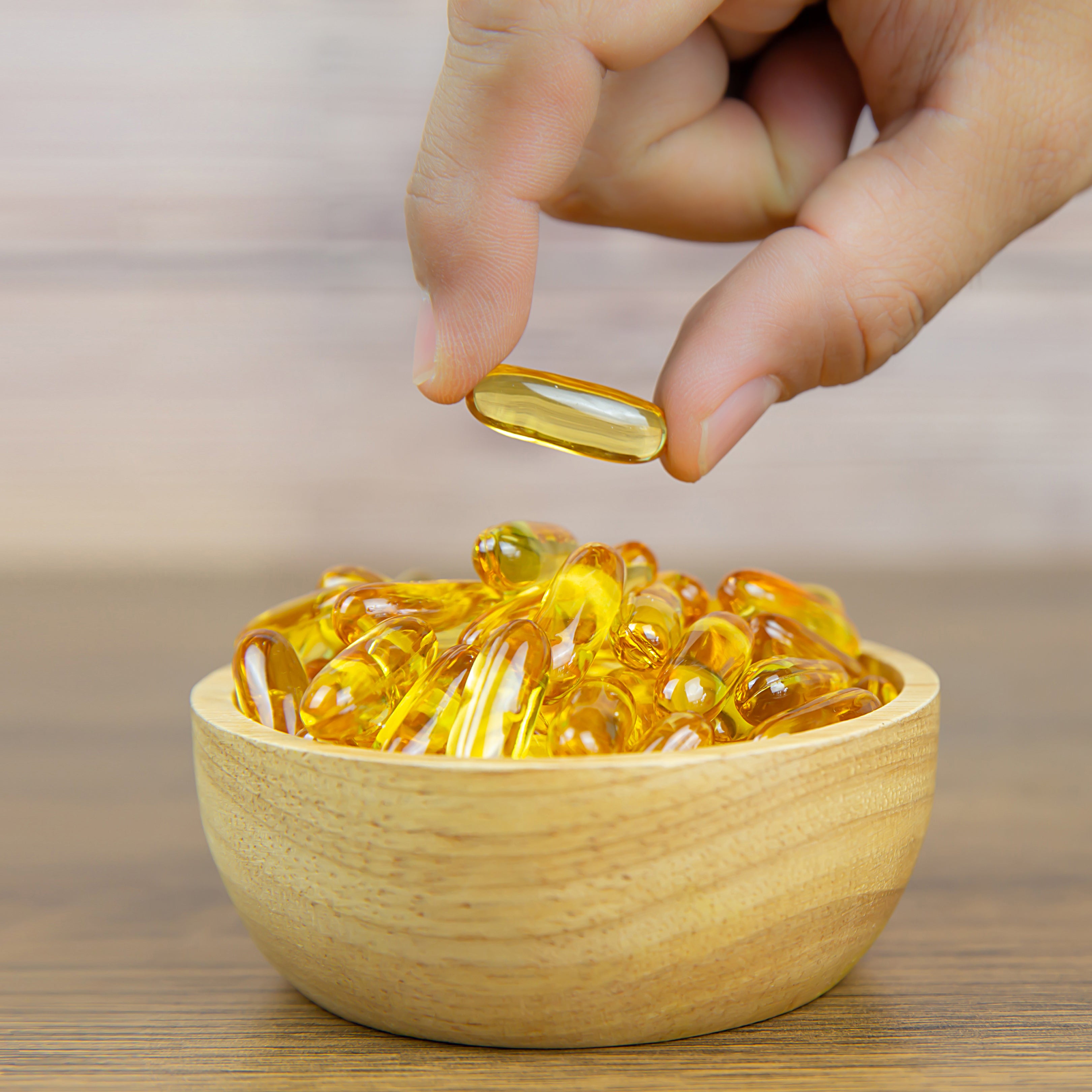


Leave a comment